10. Domino (2005)
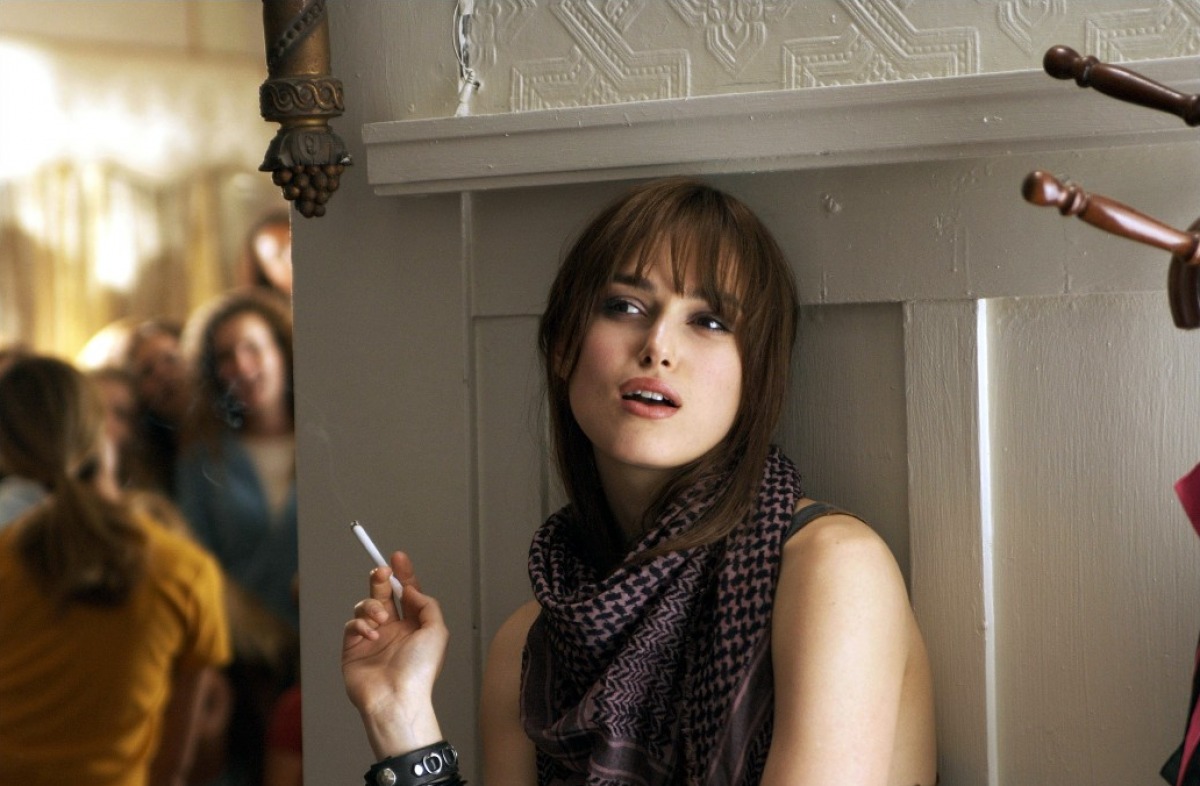
This is perhaps Tony Scott’s most misunderstood film and the most under-appreciated. What critics failed to recognize was Scott’s sense of humor and his unapologetic view of American pop culture, its fascination with celebrity, reality TV, and the class rift between the haves and have-nots.
For example, look at the irony of how Domino’s mother, played with a delicious malice by Jacqueline Bisset, is inspired by the famed 90s TV show BEVERLY HILLS, 90210 to move her family from England to that over-hyped zip code as a platform to find another rich husband.
Contrast that to MoNique’s character, a woman desperate to find a cure for her grandchild’s rare medical condition, so much so that she uses Jerry Springer’s exploitative TV show as a platform to bring awareness to her family’s marginalized existence. She’s the heart of the movie. In the middle of all this, you have a strong female lead in Keira Knightley’s lost soul, Domino.
On the surface, she’s seen and judged as a white kid of privilege with the body of a Ford model but underneath all that glitz she’s looking for any opportunity to bulldoze that identity by any means necessary and become someone of purpose that she alone defines — she does so by becoming a bounty hunter under the tutelage of father-figure Ed Moseby, played to a T by Mickey Rourke. This is Tony Scott on acid and the trip is frenetic, funny as hell, and moving. The love story between Knightley’s Domino and Edgar Ramirez’s Choco is magnetic, sexy, yet sweet.
Again, Scott’s casting is spot on and rarely do you see a Latino leading man portrayed in this light — a character who chooses to speak only Spanish and looking fucking cool in the process. Other standouts are cameos by real BEVERLY HILLS, 90210 alums Ian Ziering and Brian Austin Green who portray themselves as the douche bags we have judged them for all these years; they were real sports for doing these roles and their performances were hilarious.
Christopher Walken also delivers a genuinely funny performance as the unscrupulous reality TV producer, Mark Heiss. Frequent collaborator Dan Mindel photographed the film and the color process used by Company 3 colorist Stefan Sonnenfeld gave the film a unique texture that created a feeling of a fevered-cocaine dream. Tony Scott’s interpretation of Richard Kelly’s screenplay is one hell of a crazy ride and it deserves more than a second viewing. There’s more to it than meets the eye.
9. The Hunger (1983)
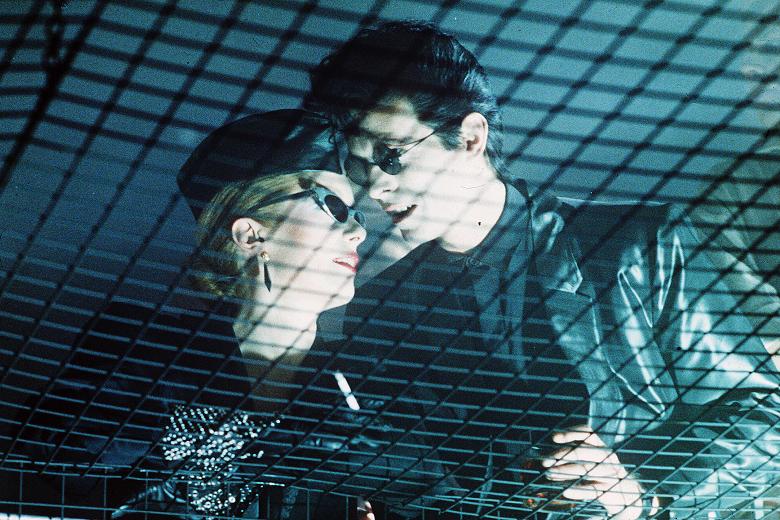
This is an explosive film debut by Scott. In the early days of 80s cinema, there were a few directors who came from the world of advertising and made a name for themselves in Hollywood: Ridley Scott (Alien), Alan Parker (Midnight Express), Adrian Lyne (Flashdance), and Hugh Hudson (Chariots of Fire).
Tony Scott was the last of them to make it through. Scott studied to be a painter at the Royal School of Art in London and was not making a good living doing so. His older brother Ridley persuaded Tony to become a commercial director telling him, “You will be driving a Ferrari in a year.” And so Tony joined Parker, Lyne, and Hudson at RSA (Ridley Scott Associates), a commercial production house in London. There Scott would direct hundreds of commercials and, true to his brother’s words, he made millions doing so.
On the strength of his commercial reel and the full endorsement by Alan Parker, producer Richard Shepherd hired Scott to direct this gothic, surreal, operatic vampire tale. But the film’s not really a horror movie and not once is the word vampire uttered. At its core it’s about longevity and our fear of death.
It is not surprising that Ridley Scott chose to make BLADE RUNNER at this time — a film with a similar theme of wanting to sustain life for more time than our Creator allows. Scott’s older brother Frank had recently passed away and one can conclude that both Tony and Ridley used THE HUNGER and BLADE RUNNER respectively as a way to cope with that loss.
THE HUNGER is dedicated to Frank. Scott assembled a great team to help him in his debut: Cinematographer Stephen Goldblatt, a friend from film school; editor Pamela Powers, who had cut many of his commercials as well as Ridley’s first film, THE DUALIST; and Stanley Kubrick’s wardrobe designer, Milena Canonero.
Antony Clavet, Helmut Newton’s hair and makeup person, was brought on for Catherine Deneuve’s and Susan Sarandon’s looks, and special effects makeup wizard Dick Smith was hired to create the aging process for David Bowie’s character. (Smith was responsible for creating the makeup for Dustin Hoffman’s 100-year-old character in LITTLE BIG MAN.) Fashion photographer Helmut Newton’s work, directors Nicholas Roeg and Donald Cammell’s film PERFORMANCE, and Roman Polanski’s film REPULSION were inspirations for the look of the film.
Scott always refers to himself as a painter first, saying that the choices a painter makes to fill and feel his canvas are the same choices a director makes on film. He paints his anamorphic canvas with beautiful detail and with this movie Scott marries Classic Hollywood Cinema and European Avant-Garde fashion, with a bit of Rock and Roll.
The film was a box office failure and most critics characterized the film as esoteric, indulgent, and artsy— which it was, but it was ahead of its time; his use of smoke-filled, backlit rooms with white drapes blowing in the wind became his signature style of the 80s and was imitated consistently by other directors throughout the decade. It’s an important film in his filmography because of his unique style.
The film opens like a music video with the British Post Punk band, BAUHAUS. Scott intercuts lead singer Peter Murphy singing the genre-appropriate song “Bela Lugosi’s Dead” as Catherine Deneuve’s character seduces two hapless victims. There is no dialogue; it’s just an opening title sequence of opulent color, music video jump cuts, and a rush of energy. And then with Peter Murphy’s anguished, haunted silent scream, Deneuve and Bowie reveal their true selves, wielding small Egyptian blades to cut their prey and drink their blood.
Then when the deed is done, the explosive tone of Peter Murphy’s song switches to the classical sounds of Schubert’s “Trio in E Flat.” The editing style changes as well to a more classical Hollywood cinema style. It’s a wonderful introduction to the movie as well as an introduction to Tony Scott, the artist. Even though the studio had final cut and their obligatory horror movie ending undermines Sarandon’s character’s critical choice, the film still stands up today.
8. Top Gun (1986)
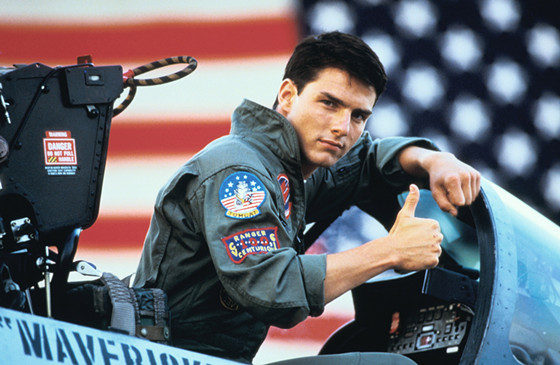
With the box-office failure of THE HUNGER, Tony Scott couldn’t get arrested in Hollywood and he continued to direct commercials for another three years. Little did he know that a car commercial he directed for Saab that featured a jet plane would change the course of his life.
Producers Don Simpson and Jerry Bruckheimer were looking for commercial directors to bring a unique look to their “Star Wars on Earth” film about Navy jet fighter pilots. They took one look at Tony’s commercial reel and came across the Saab commercial, “Nothing On Earth Comes Close.” They loved how Scott photographed the plane and its pilot, and that sealed the deal. They hired Scott to direct TOP GUN.
When he got to America, Scott assembled a team of filmmakers, including Walter Hill’s frequent editor Billy Weber along with Chris Lebenzon — editors he would use frequently throughout his career; he hired American DP Jeffrey Kimball who had only shot one feature before this (THE LEGEND OF BILLIE JEAN) but had shot most of Scott’s commercials, including the Saab spot.
Simpson and Bruckheimer brought on synth-pop maestro Harold Faltermeyer to compose the iconic score (Faltermeyer was Georgio Moroder’s arranger and had previously worked with Simpson/Bruckheimer on BEVERLY HILLS COP and AMERICAN GIGOLO.) And the rest, as they say, was history.
The many years spent on making commercials prepared Scott to tackle this monstrous American production. What he was able to achieve in capturing real-life dogfight techniques in the air with real jet fighters was incredible and had never been done before. He managed to put cameras on the actual wings of the plane to get amazing dynamic shots of the planes in mid-air combat.
Not to mention that this was the Navy’s single most effective recruitment commercial. This is an important film in Scott’s filmography because it was the film that launched not only his career, but also Tom Cruise’s, and it elevated Scott to A-list talent in Hollywood where he would remain for the next three decades. And it was a fun, fun movie — a real crowd pleaser.
7. Crimson Tide (1995)
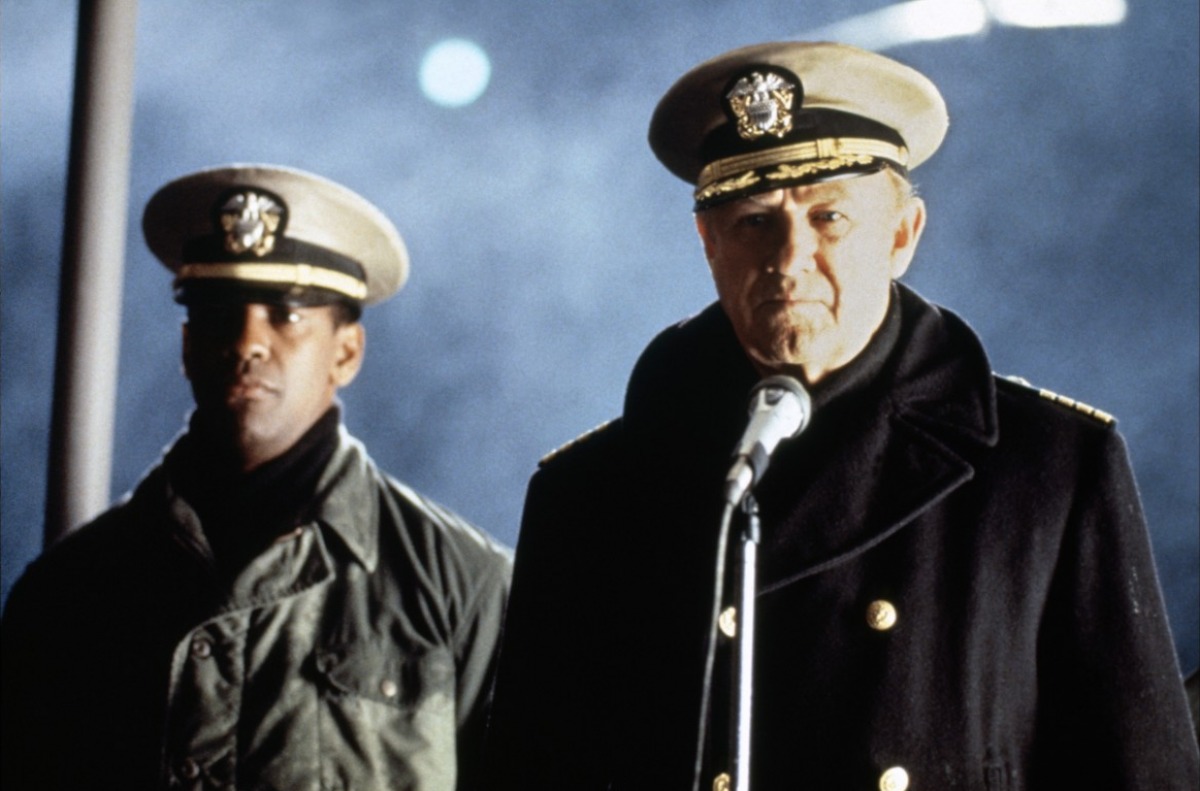
This film is a significant turn for Scott in that he works for the first time with two Academy Award-winning actors with strong personalities. It’s his first of five films with Denzel Washington and his first of two films with Gene Hackman. It is said that both Hackman and Washington warned Scott that they were not there to serve the camera but in fact the camera was there to serve them.
It was an import lesson for Scott and it made him a better director of actors. And allowing that freedom for his actors, Scott managed to get incredible performances by an ensemble cast that included Viggo Mortensen and James Gandolfini, who had worked previously with Scott on TRUE ROMANCE. He also managed to turn a very claustrophobic setting into a tight thriller with two titans going up against each other.
Going so far as building the submarine set on gimbals, and moving his cameras away from his actors, Scott created an environment where everyone could do their best work. With an amazing score by Hans Zimmer and beautiful photography by Dariusz Wolski, Crimson Tide was a big hit for Scott and it pushed his career further. Sadly, it would be his last collaboration with producer Don Simpson, who passed away before the film was completed.
6. Spy Game (2001)
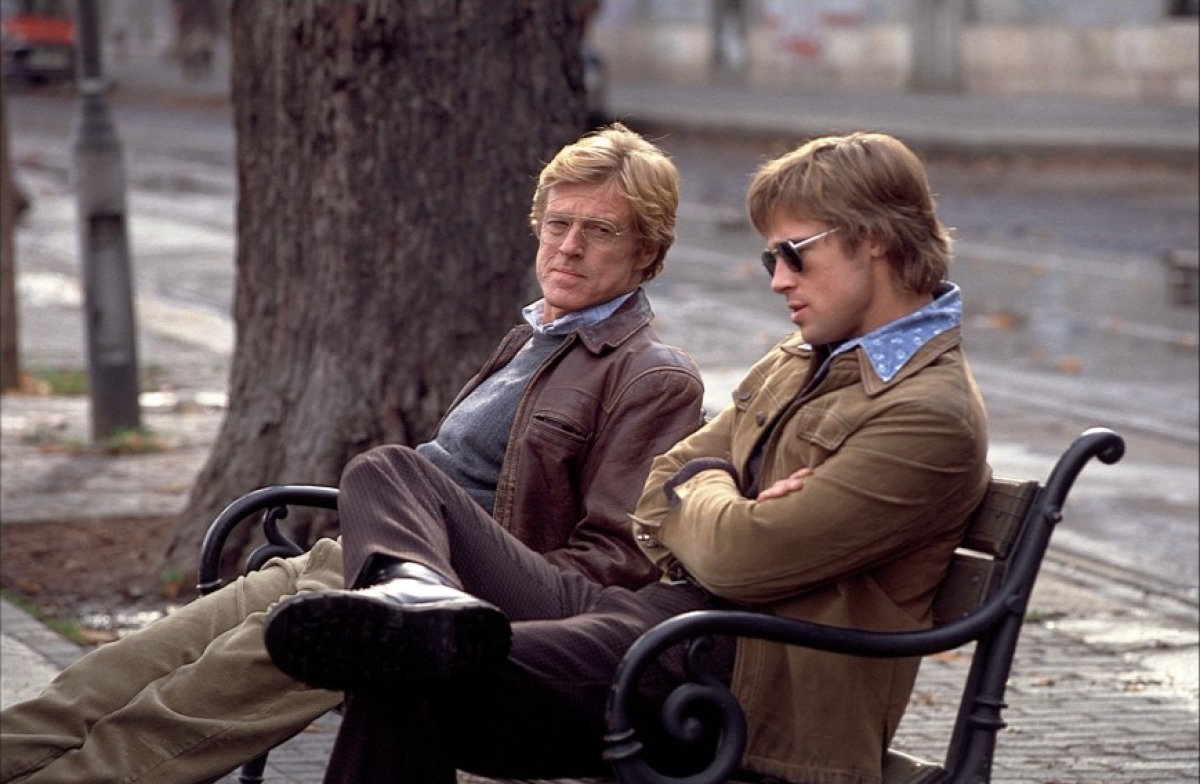
Scott returned to THREE DAYS OF THE CONDOR territory in this “thinking man’s action movie. ” Robert Redford plays CIA operative Nathan Muir who races against time and bureaucratic politics to save his protégé Tom Bishop, played by Brad Pitt, who has been captured in China and sentenced to death for espionage.
Muir has only 24 hours to save him — all from his office at CIA headquarters in Virginia. It’s not only a great ticking-clock spy thriller, but at its core it’s really a father/son story. Redford and Pitt play seamlessly together (They had previously worked together on Redford’s A RIVER RUNS THROUGH IT). But what Scott also manages to include, if fleetingly, is a beautiful love story between Pitt’s Bishop and Catherine McCormack’s Elizabeth Hadley that develops while they are both on assignment in war-torn Lebanon during the 1980s.
Muir underestimates Bishop’s love for Hadley, setting up a series of events that Muir ultimately feels guilty for, and he then tries to set things right in the present time. Because of the flashback elements in the story, Scott used a unique visual design for each time period, beginning in Vietnam, to cold-war Berlin, and finally Lebanon.
It feels like a James Bond movie without the glamour but with all of the gritty style we have come to expect in a Tony Scott film. Scott went so far as to film a dialogue scene with the camera positioned in a helicopter. It’s a dynamic moment in a rooftop scene when Muir and Bishop meet and the rift between them begins to widen. Scott used his own money to hire the helicopter as the producers found the expense unnecessary and indulgent.
Even Redford thought it was a bit much, but when he saw the final product, Redford and the producers thought the scene worked beautifully. (It wasn’t the first time Scott put his own money where his mouth was; during TOP GUN he took out his checkbook and paid the U.S. Navy $25,000 just to have the aircraft carrier turn around so he could photograph the jets landing while being back lit by the setting sun.) The maturity in Scott’s direction shined on this project.
SPOILER: There is an incredible moment at the end of the film when Bishop realizes it was Muir who ordered the assault on the Chinese prison that not only freed him, but also his imprisoned lover, Elizabeth. The look on Pitt’s face was priceless and together with the emotional score by Harry Gregson-Williams, it was a beautiful moment to end the film. This is one of Scott’s best movies.